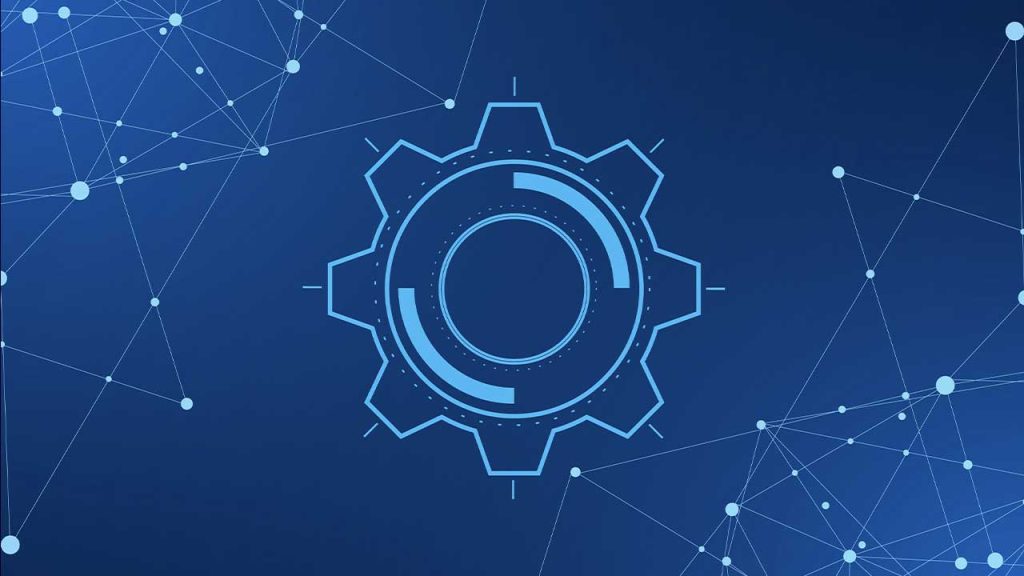Reverse engineering: Unlocking value from legacy assets
Manufacturing floors across many industries are often powered by decades-old machinery. This legacy equipment is reliable, but it presents a significant challenge: the original design data is frequently missing, incomplete, or outdated.
How do you maintain, repair, or improve an asset when its design drawings are nowhere to be found? This is where reverse engineering, supercharged by modern technology, provides a powerful solution.
When combined with the latest digital technologies, reverse engineering moves beyond simple replication. It transforms physical assets into a source of actionable intelligence, bridging the gap between your proven equipment and a data-driven future.
From lost design drawings to digital twins
For years, manufacturers have relied on paper blueprints and 2D drawings. These documents are easily lost, damaged, or become obsolete as equipment is modified over its service life. Reverse engineering addresses this by using advanced 3D scanning technology to capture the precise geometry of a physical part, creating a high-fidelity CAD model from scratch.
This process does more than just replace a missing drawing. It creates a digital asset that can be integrated within your manufacturing processes. What does this mean for your operations? You can now use this digital model for:
- Virtual Monitoring: Simulate how the physical asset will perform under different conditions.
- Lifecycle Management: Track wear and tear against the original “as-is” digital model.
- Performance Testing: Analyze potential modifications or improvements before committing to physical changes.
By converting your physical parts into digital twins, you create a foundation for smarter, more predictable asset management.
Gaining Precision and Safety at Scale
Reverse engineering delivers tangible benefits across demanding industries where precision is non-negotiable. For example, in civil infrastructure, drones equipped with LiDAR scanners can inspect bridges and tunnels for structural cracks without requiring costly and disruptive shutdowns. The scan data provides an exact digital record that can be analyzed for safety risks.
In Aerospace, the ability to scan and reproduce a critical component on demand is a game-changer. Instead of maintaining an expensive inventory of spare parts for aging equipment, an aerospace operation can reverse engineer and fabricate a replacement part only when needed. This drastically reduces inventory costs and minimizes downtime. The defense sector also relies on this capability to extend the life of equipment that has been in service for decades, ensuring it remains safe and operational long after the original manufacturer has stopped producing parts.
When you pair this with solutions that feed real-time or near-real-time usage data, the value multiplies. You can now predict when a part will need a repair and accelerate the process of making a replacement.
The Power of IoT and Reverse Engineering
Imagine a critical turbine blade on your production line begins to show signs of stress, detected by IoT vibration sensors. In a traditional workflow, you would face a lengthy process of ordering a replacement part from a supplier, potentially waiting weeks or months and suffering extended downtime.
With an integrated reverse engineering and IoT workflow, the process is transformed:
- An IoT alert immediately flags the potential failure.
- A technician uses a portable 3D scanner to capture the blade’s exact geometry.
- The scan data is used to create a CAD model for a replacement.
- The new part is manufactured and installed, often in a fraction of the time.
This synergy between capturing “as-is” data through reverse engineering and “real-time” data from IoT sensors enables true predictive maintenance. It allows you to shift from reacting to failures to proactively managing the health of your assets.
A Bridge to Digital Transformation
Reverse engineering is no longer just a tool for one-off repairs. It has become an essential bridge to digital transformation. By giving you the power to digitize your physical world, reverse engineering unlocks the hidden value in your legacy equipment. When paired with an IoT ecosystem, it provides the insights needed to boost productivity, improve safety, and build more resilient operations.
For manufacturers looking to compete, combining these technologies is key to moving from reactive maintenance to proactive, data-driven asset management.
About the author
This article was written by Kedar Kanade, Product Manager – Geomagic Reverse Engineering Portfolio, Hexagon Manufacturing Intelligence
Related articles:


